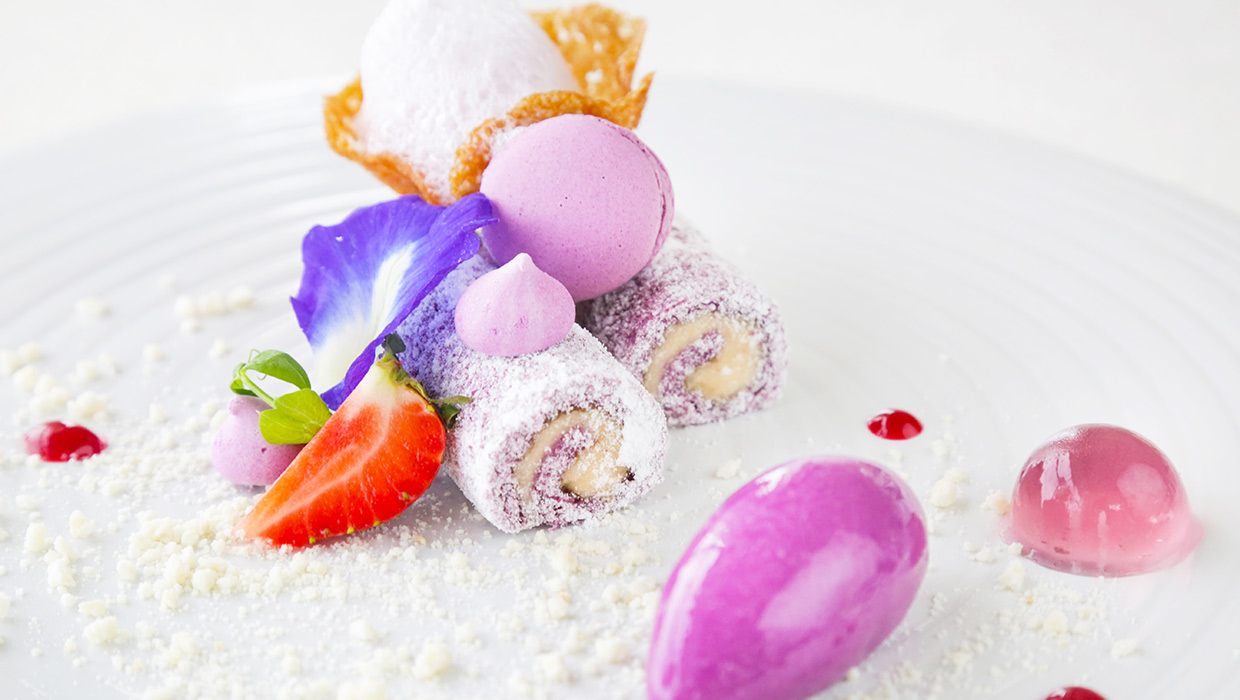- Home
- News & trends
- Trends
- 10 curious facts from the world of pastry
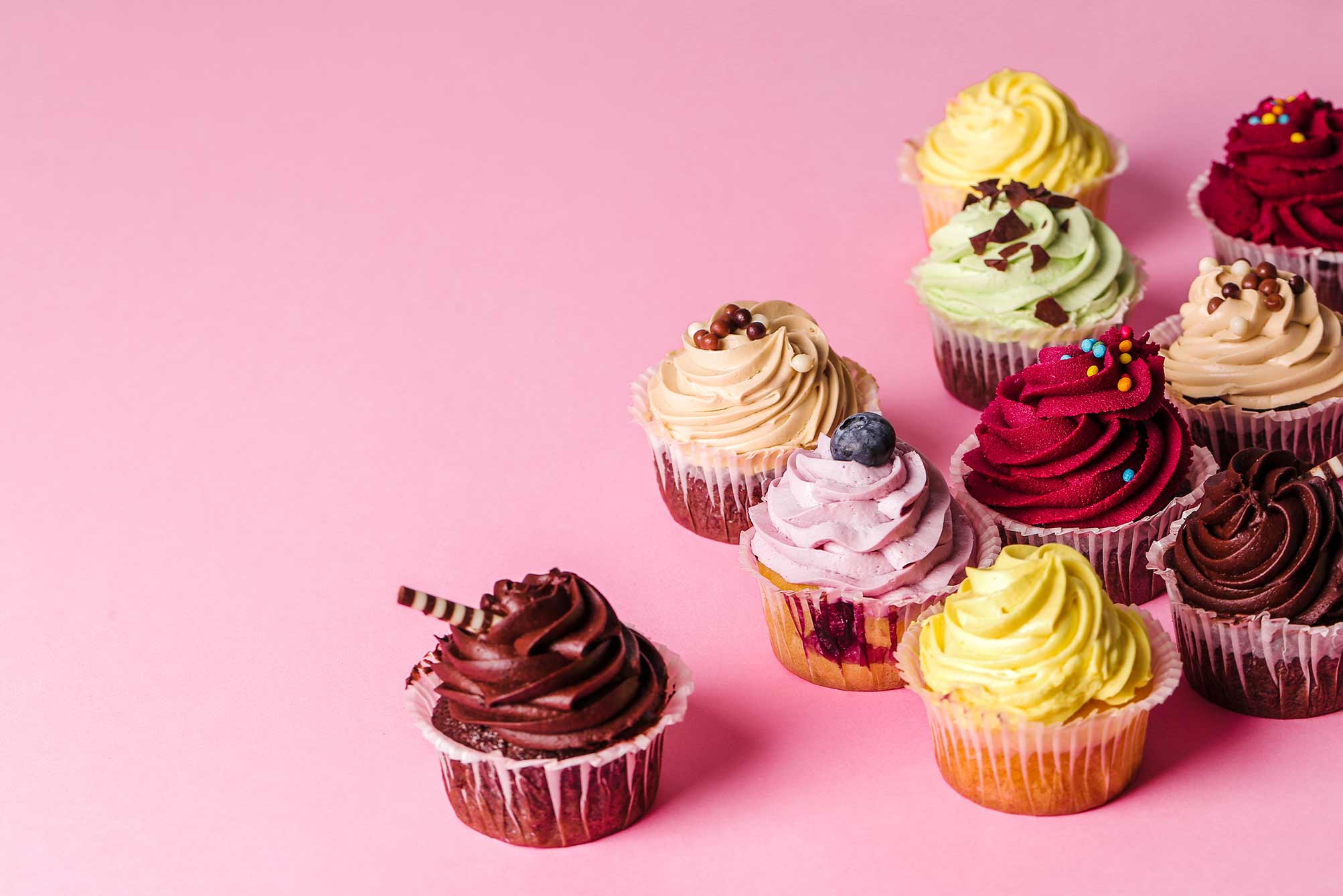
10 curious facts from the world of pastry
The world of pastry has changed a lot in the last few centuries. From its birth to the present age, the art of pastry-making has evolved considerably, involving new scientific techniques, advanced tools and even unusual ingredients.
Here are 10 fun facts from the pastry world that you might not know
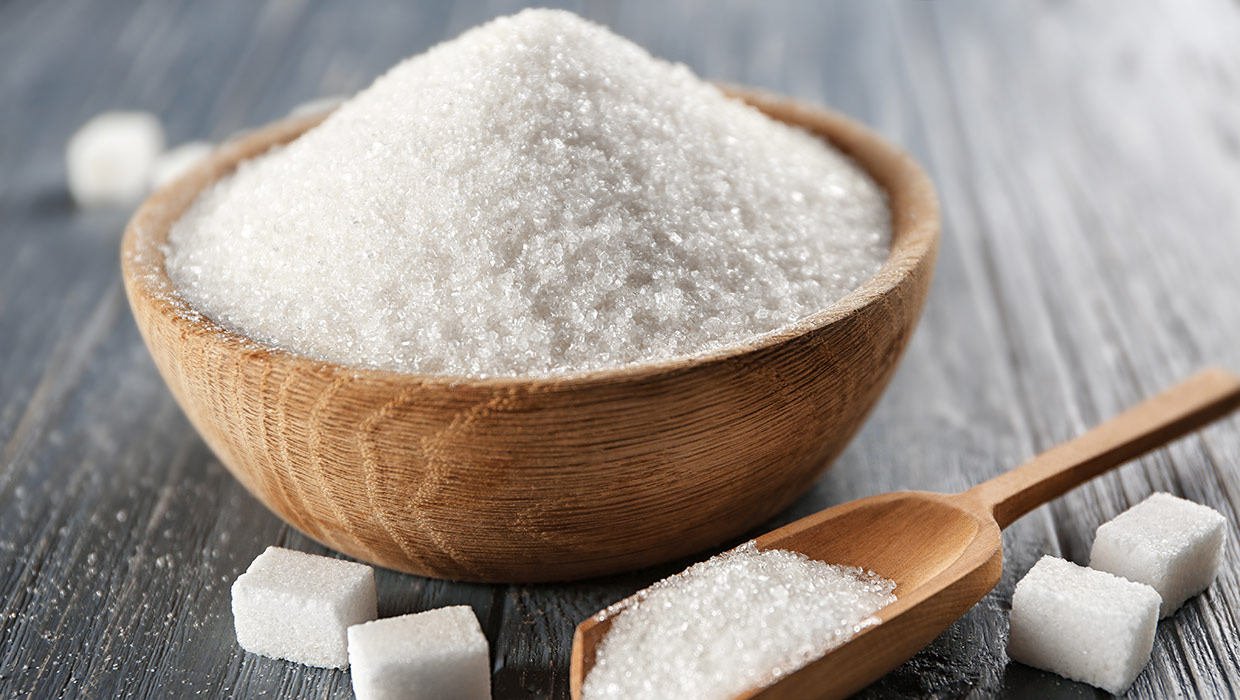
1. Sugar: Sugar is a fundamental ingredient for almost all kinds of desserts, but in the past it wasn’t used at all. Sugar cane appeared for the first time in the year 900 A. D. in Europe, and it became a common ingredient only in 1500 with the arrival of the sugar beet. Before that time, people usually used honey or sugar derived from fruit (like grape sugar).
2. Asian patisserie: Did you know that “classic” desserts were introduced in Asia only recently? In fact, many Asian countries didn’t produce desserts as Westerners did. For example, traditional Japanese desserts called “wagashi” were eaten before fruit (considered the real dessert), and were made of specific ingredients like red bean jam, sweet potatoes, rice flour and soy. It’s still possible to try these traditional desserts, like mochi or dorayaki.
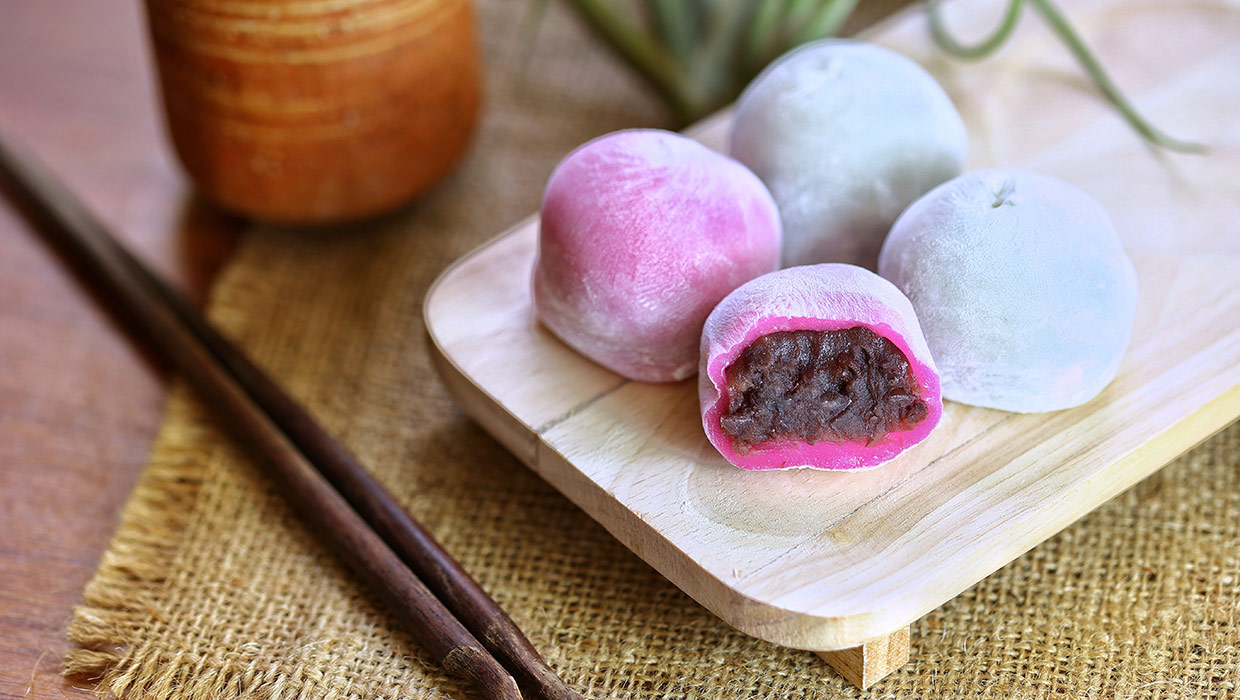
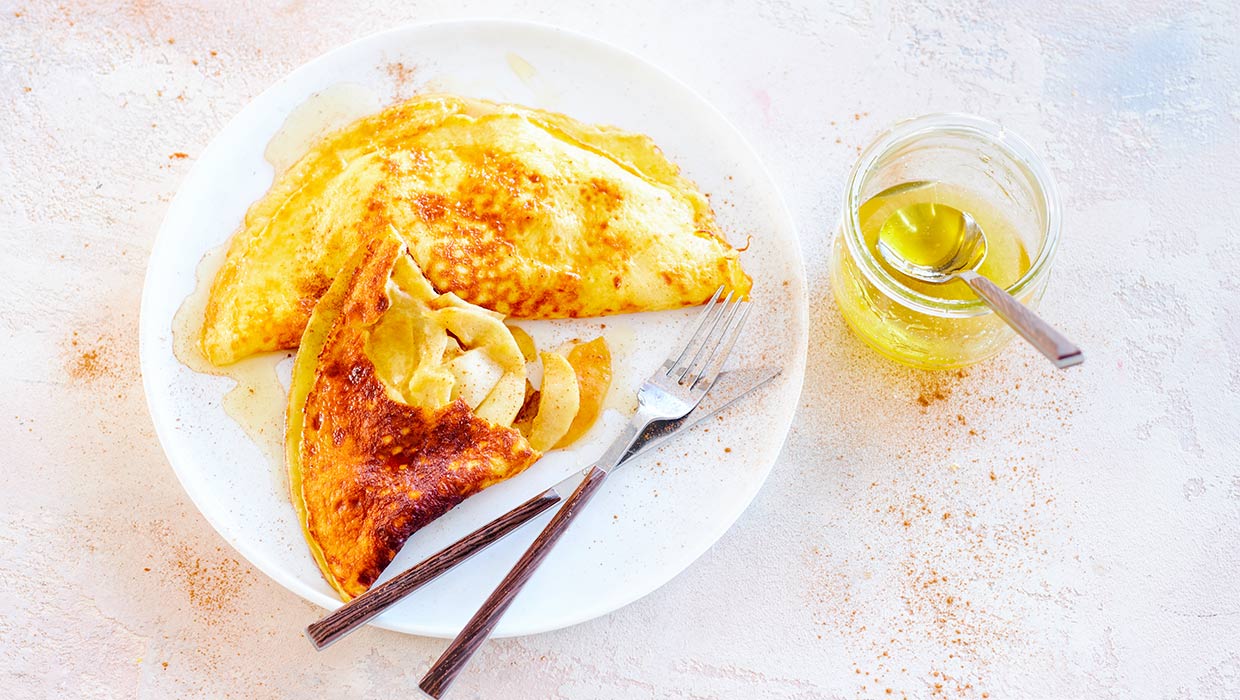
3. Sweet or salty?: In ancient times people didn’t just use honey or fruit to sweeten desserts, they used these same ingredients on salty food too (like eggs, cheese, meat or fish). Ancient Romans used to cook an egg omelette and then pour honey all over it, creating a peculiar dessert.
4. The birth of modern pastry: Pastry as we mean it today was only born in the 1400s, when the first cook books were published. They were usually recipe collections with popular dishes. The first books in Italy were written in vulgar, and they contained recipes of desserts still cooked today, like krapfen, cream puffs and doughnuts.
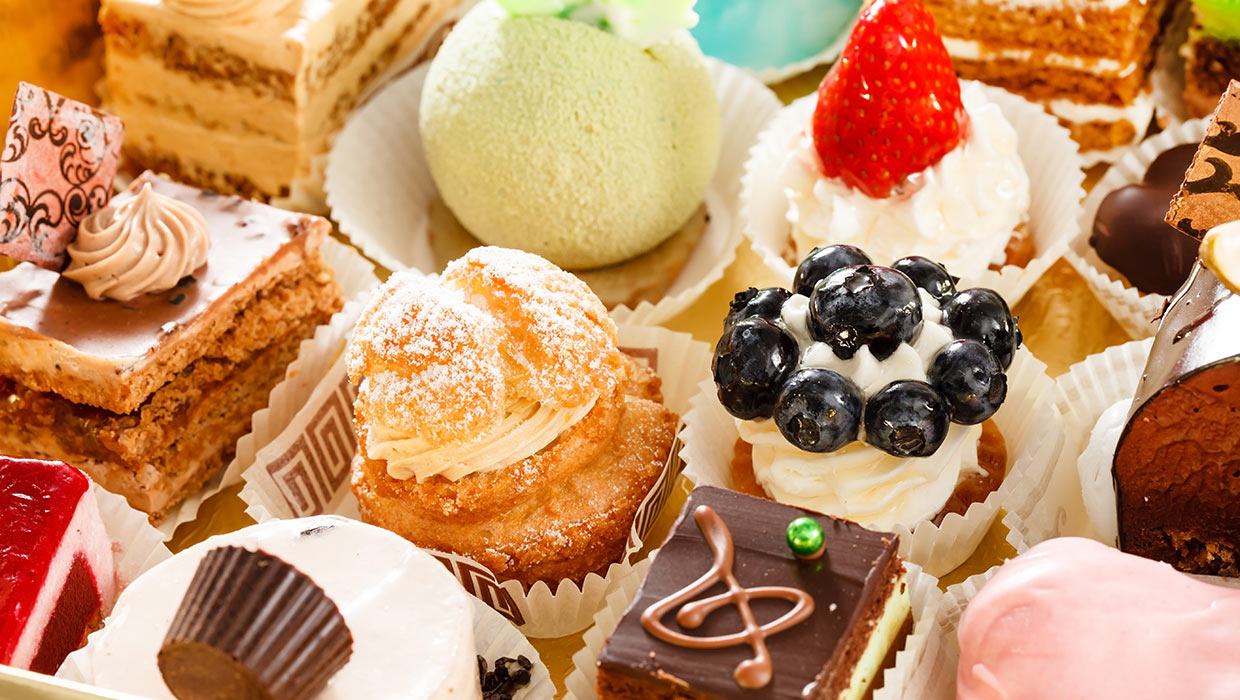
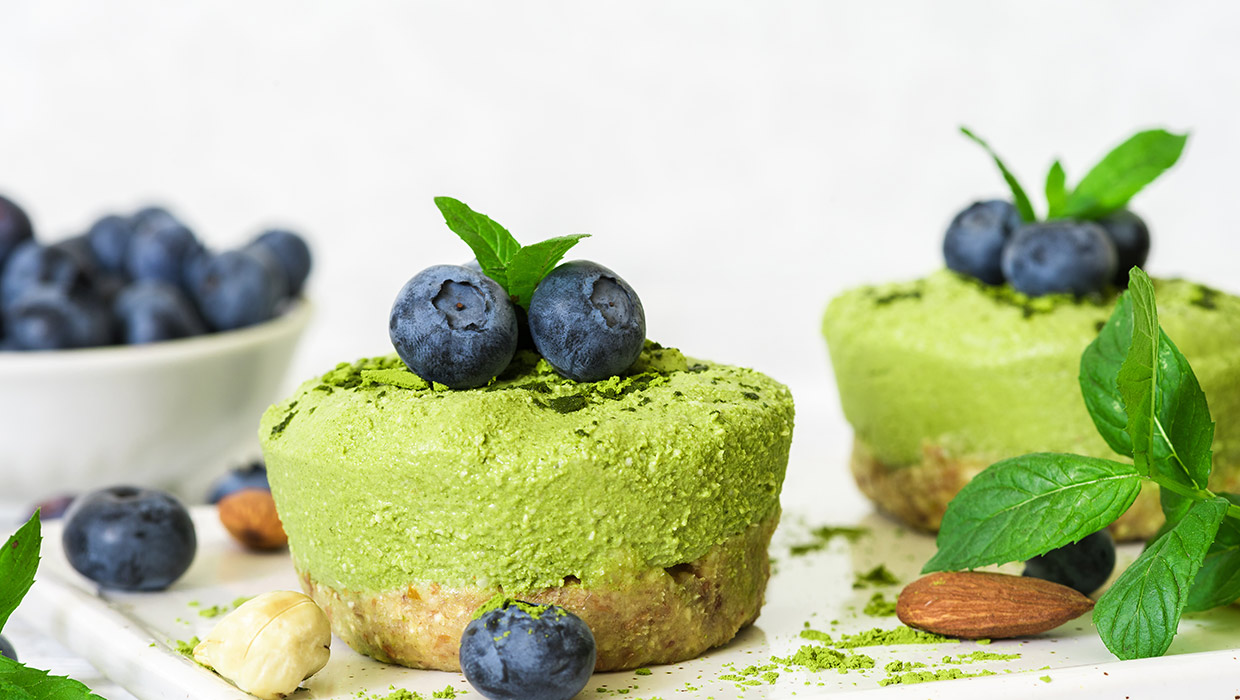
5. Vegan pastries: Over the last few years more and more people decided to change their food habits, and many became vegan. Therefore, pastry-making artisans had to adapt to this change. That’s how many dessert substitutes were created, like vegan butter, vegan buttermilk and all kinds of vegetable milk (like soy, almond or coconut milk).
6. The secret of the Sacher Torte: The Sacher Torte, one of the most famous and most beloved desserts is actually made from a secret recipe. Few people know that this cake from Vienna was created by chance by a very young pastry chef between the 19th and the 20th century. It was created for a party held by prince Klemens von Metternich. Nowadays, only the Hotel Sacher in Vienna possesses the original recipe, scrupulously hidden. All the other versions are just pale imitations of the original, which is said to taste far better!
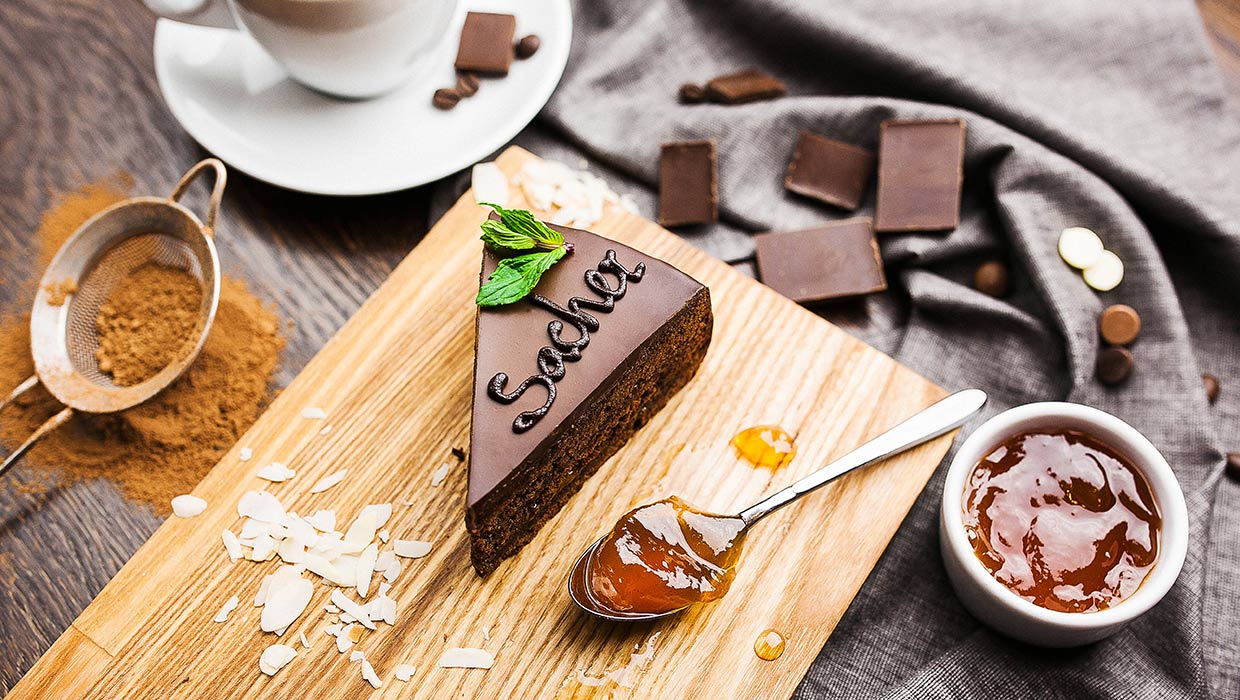
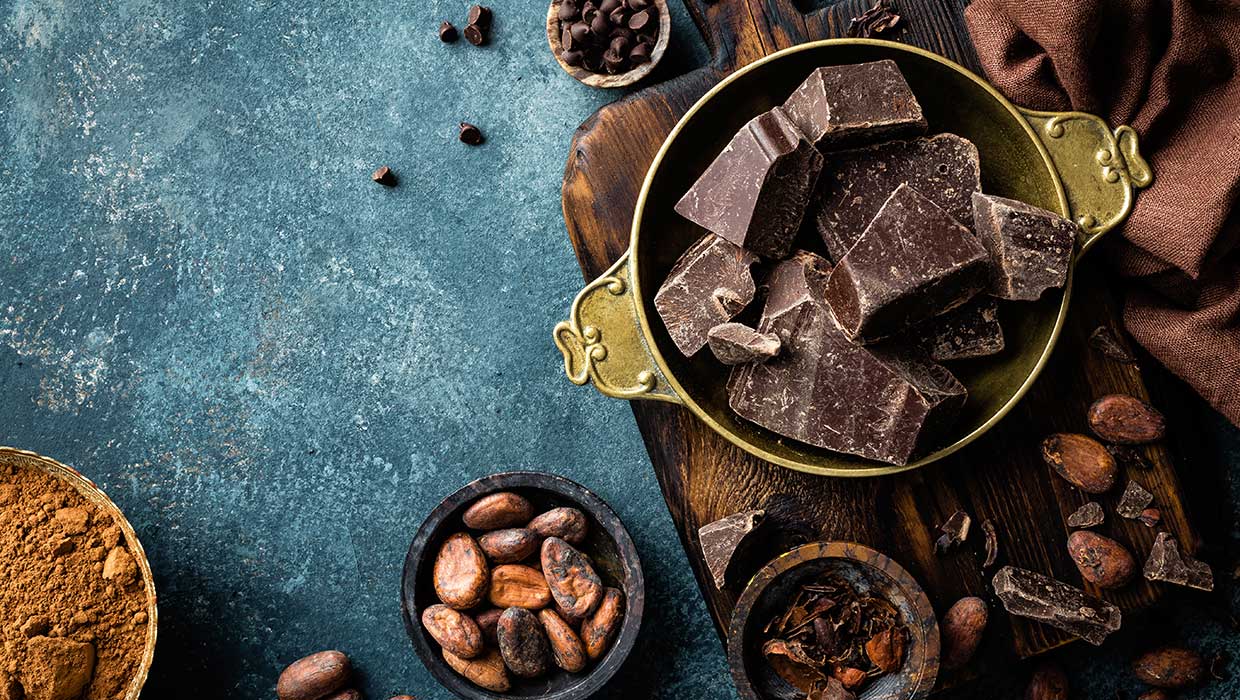
7. Chocolate sommeliers: Chocolate is a very important ingredient in the pastry-making industry. Its intense taste, its unmistakable aroma and its versatility (you can mix it with milk, nuts, spices and much more) all contribute to its “food of the gods” reputation. Some lucky industry professionals can become chocolate tasters. These tasters must attend a master where they learn about the history of cocoa, its organoleptic profile and above all, learn how to taste it.
8. The difference between creme brulèe and crema catalana: These two desserts apparently look the same - they’re both creamy, amber colored and covered by a layer of caramelized sugar. But they’re actually two different products. Creme brulèe is a French dessert, it has a vanilla aroma, and it’s prepared with eggs, sugar, cream and it’s cooked in a bain-marie. Crema catalana is a Spanish dish, enriched with starch and cooked like a custard. Its aroma is often of vanilla and lemon, sometimes cinnamon is added, too.
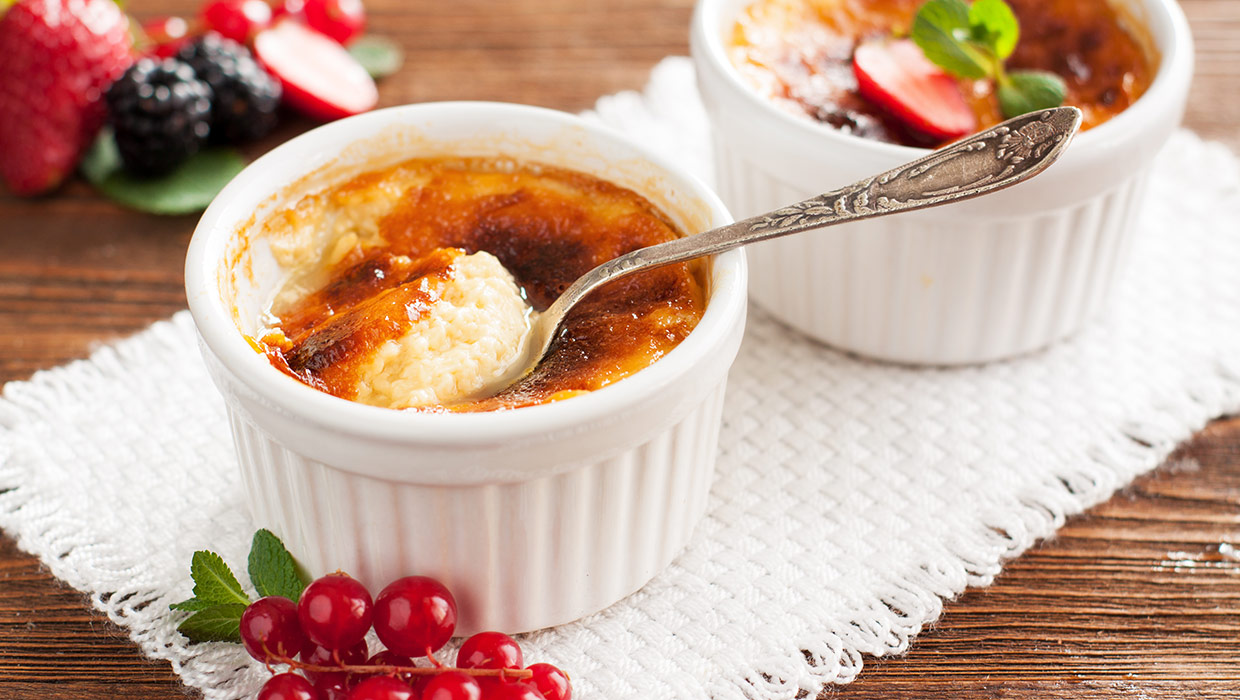
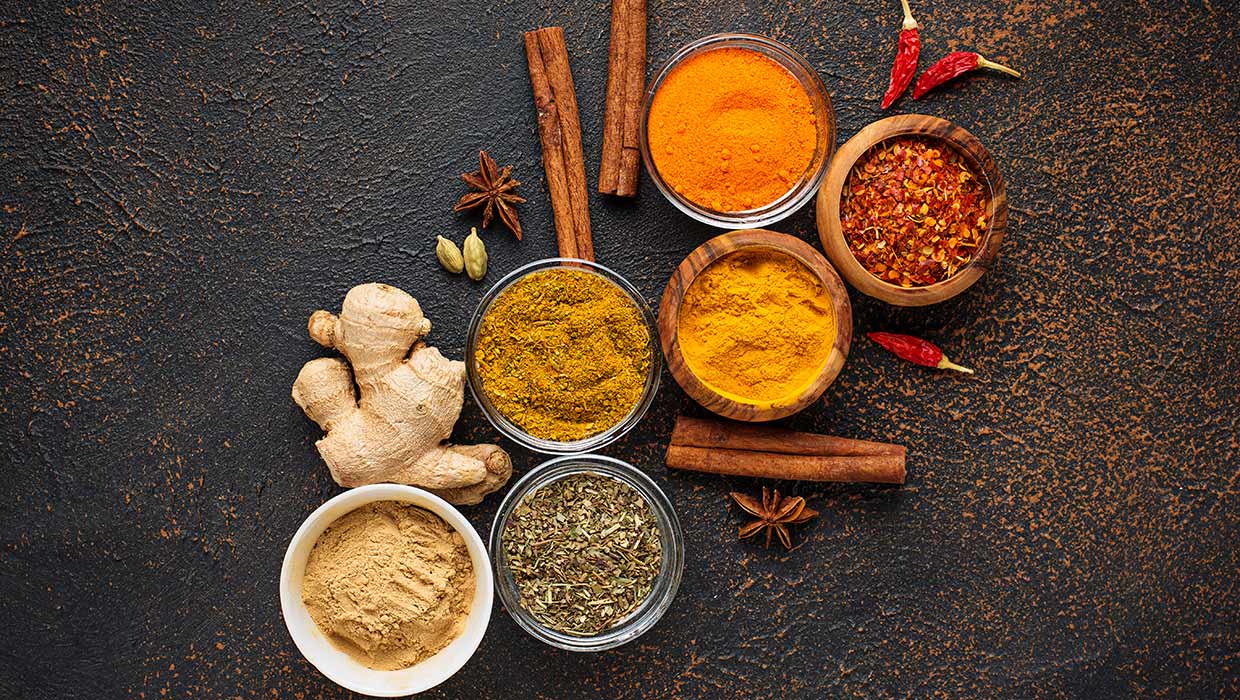
9. Arabian influence: The reason why spices like saffron, ginger, clove and nuts like almonds and pine nut are still used in pastry-making today is due to Arabian influences. In fact, it was thanks to the crusades that contacts with ancient Arabians started during the Middle Ages. That is how many ingredients were introduced in modern recipes.
10. Molecular pastry-making: Scientific innovations gave birth to new cooking techniques. One of the most peculiar ones is molecular pastry-making. Its main baking technique is through chemical reactions with additives and other techniques such as spherification, centrifuge or sugar frying. It would be a curious experience to taste dishes like extemporaneous ice cream or molecular tiramisu, wouldn't it?
